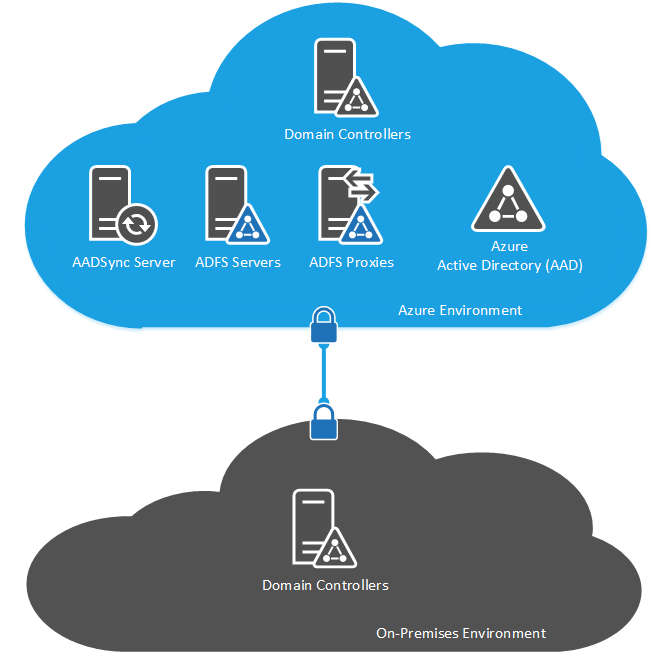

The app can be tested with users in the test Azure AD tenant. Update the configuration to point your test instance of the app to a test Azure AD tenant, and make any required changes. Stage 2 – (Optional) Point a test instance of the app to the test Azure AD tenant Your migration process may look like this: Stage 1 – Current state: The production app authenticates with AD FS You may choose to set up a separate test Azure AD tenant on which to develop your app configurations. If a test environment isn't currently available, you can set one up using Azure App Service or Azure Virtual Machines, depending on the architecture of the application. We recommend that you continue to use existing test environments for migration testing before you move to the production environment. Monitor AD FS using Azure AD Connect Health.ĭuring the process of moving your app authentication to Azure AD, test your apps and configuration.AD FS application activity report to migrate applications to Azure AD.Using Azure AD Application Proxy to publish on-premises apps for remote users.Apps that use older protocols can be integrated using Application Proxy or any of our Secure Hybrid Access (SHA) partners. These apps can be reconfigured to authenticate with Azure AD either via a built-in connector from the Azure App Gallery, or by registering the custom application in Azure AD. When you plan your migration to Azure AD, consider migrating the apps that use modern authentication protocols (such as SAML and Open ID Connect) first. Your applications may use modern or legacy protocols for authentication. Migrating all your application authentication to Azure AD is recommended, as it gives you a single control plane for identity and access management. To increase application security, your goal is to have a single set of access controls and policies across your on-premises and cloud environments.


 0 kommentar(er)
0 kommentar(er)
